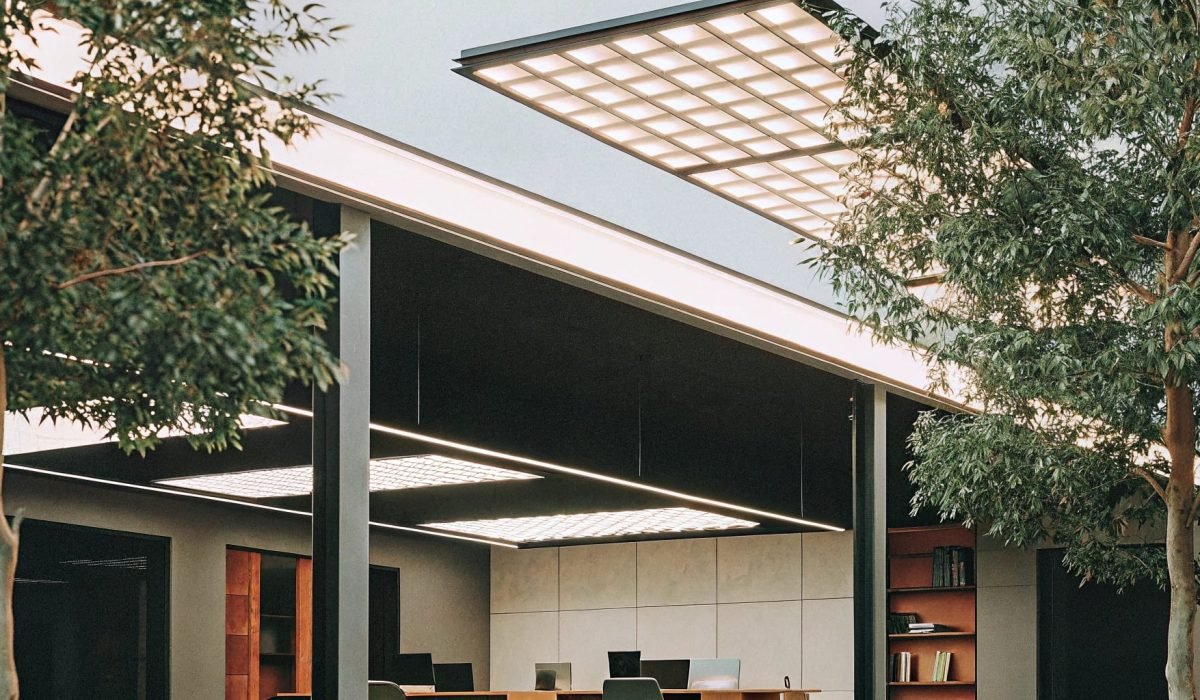Introduction
Lighting is an essential aspect of modern infrastructure, impacting energy consumption, workplace productivity, and overall safety.
Traditional lighting systems are inefficient, costly, and outdated, leading to unnecessary energy waste and high maintenance costs.
LED lighting provides a transformative solution by offering superior efficiency, long-term cost savings, and environmental benefits. This guide explores why LED lighting is the preferred choice for residential, commercial, and industrial applications.
Why Upgrade to Energy-Efficient LED Lighting?
Energy Savings
LEDs use up to 75% less energy than traditional incandescent or fluorescent lighting.
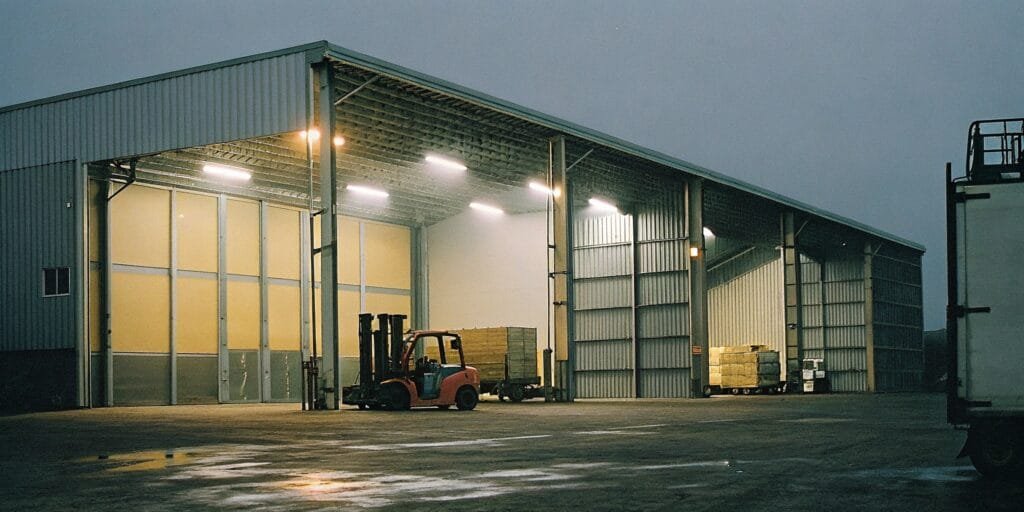
Advantages:
- Significantly reduces overall electricity consumption.
- Lowers monthly utility bills for homeowners and businesses.
- Supports global energy conservation initiatives and sustainability goals.
Longer Lifespan
LEDs last up to 25 times longer than incandescent bulbs, minimizing replacement frequency.
Benefits:
- Reduces waste from frequent bulb replacements.
- Ensures long-term reliability and consistent performance.
- Lowers the environmental impact by decreasing landfill contributions.
Immediate and Long-Term Cost Benefits
Although LEDs may have a higher upfront cost, their long-term savings far outweigh the initial investment.
Key Points:
- Lower energy consumption translates into significant operational cost reductions.
- Reduced maintenance and replacement costs contribute to substantial financial savings.
- Smart LED options with dimming features further optimize cost efficiency.
Key Benefits of LED Lighting
Lower Utility Bills
LEDs are designed for efficiency, consuming less power while delivering superior brightness.
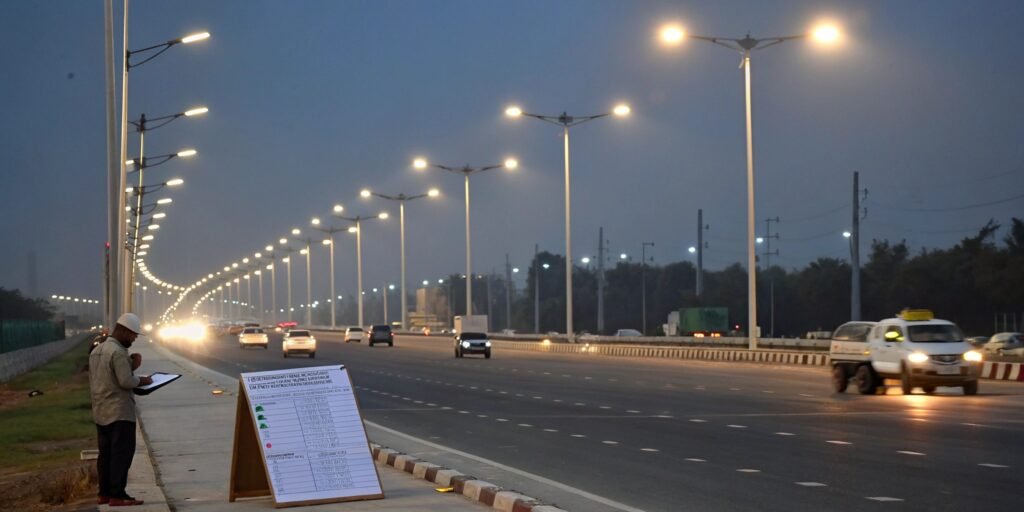
Features:
- Smart lighting solutions, such as motion sensors and dusk-to-dawn fixtures, further enhance savings.
- Optimized energy consumption reduces waste while maintaining necessary illumination levels.
Reduced Replacement Costs
Durability and extended lifespan reduce the need for frequent bulb replacements.
Advantages:
- LED bulbs can last up to 50,000 hours, compared to 1,000-2,000 hours for incandescent bulbs.
- Lower maintenance expenses in commercial and industrial applications.
- Decreased frequency of replacements minimizes labor costs.
Environmental Impact
LED lighting contributes to a more sustainable planet by reducing carbon emissions.
Benefits:
- Energy-efficient lighting reduces reliance on fossil fuels.
- LED technology helps decrease greenhouse gas emissions.
- Minimal use of hazardous materials makes LED disposal safer for the environment.
Superior Light Quality
LEDs offer better illumination, reducing eye strain and creating more comfortable environments.
Key Features:
- Wide range of color temperatures to suit different environments.
- Flicker-free lighting enhances comfort and visibility.
- Uniform light distribution minimizes dark spots and glare.
Optimized Light Distribution
Directional lighting ensures illumination is focused where it’s needed most, minimizing energy wastage.
Features:
- Precision optics allow for targeted lighting in both indoor and outdoor applications.
- Reduces light pollution, preserving natural night-time environments.
- Ideal for task lighting in workspaces, improving efficiency and safety.
Low Maintenance Requirements
LEDs require minimal maintenance, making them ideal for hard-to-reach areas.
Benefits:
- High-quality components ensure durability and resilience.
- No need for frequent servicing or part replacements.
- Long-term operational reliability reduces overall maintenance efforts.
Enhanced Safety & Security
Better lighting enhances security and reduces accidents, making streets, workplaces, and homes safer.
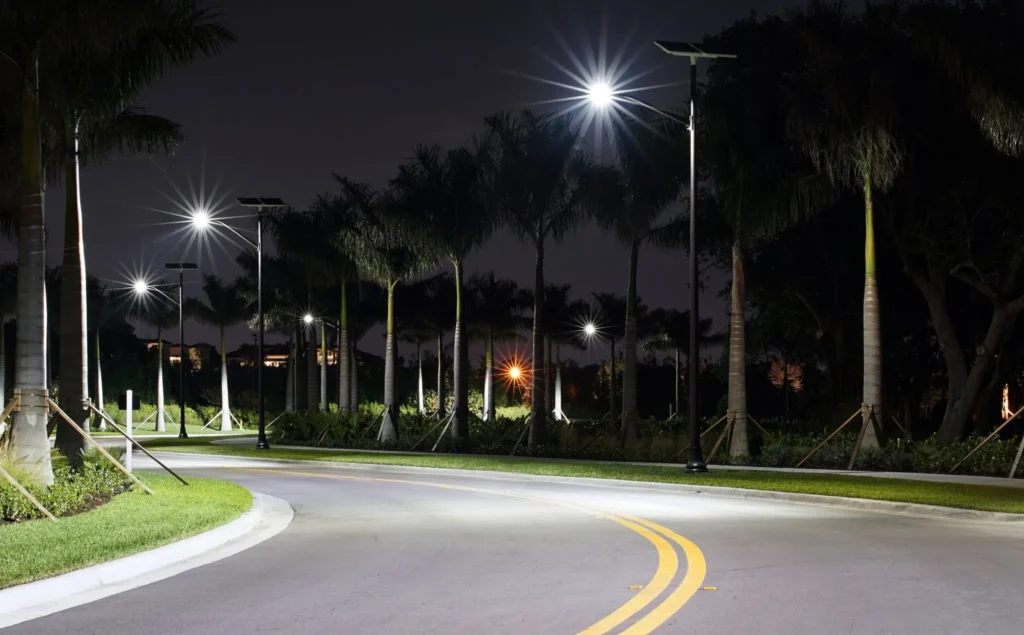
Advantages:
- Brighter outdoor LED lights help deter criminal activities.
- Improved visibility enhances pedestrian and traffic safety.
- LEDs generate less heat, reducing the risk of fire hazards.
Increased Productivity & Comfort
Proper lighting plays a critical role in mood, concentration, and workplace efficiency.
Key Benefits:
- Consistent lighting reduces eye strain and fatigue.
- Creates a more comfortable and productive environment.
- Adjustable LED solutions allow for customization based on user needs.
How to Transition to LED Lighting
Evaluate Current Lighting Systems
Assess existing fixtures to determine which need upgrading.
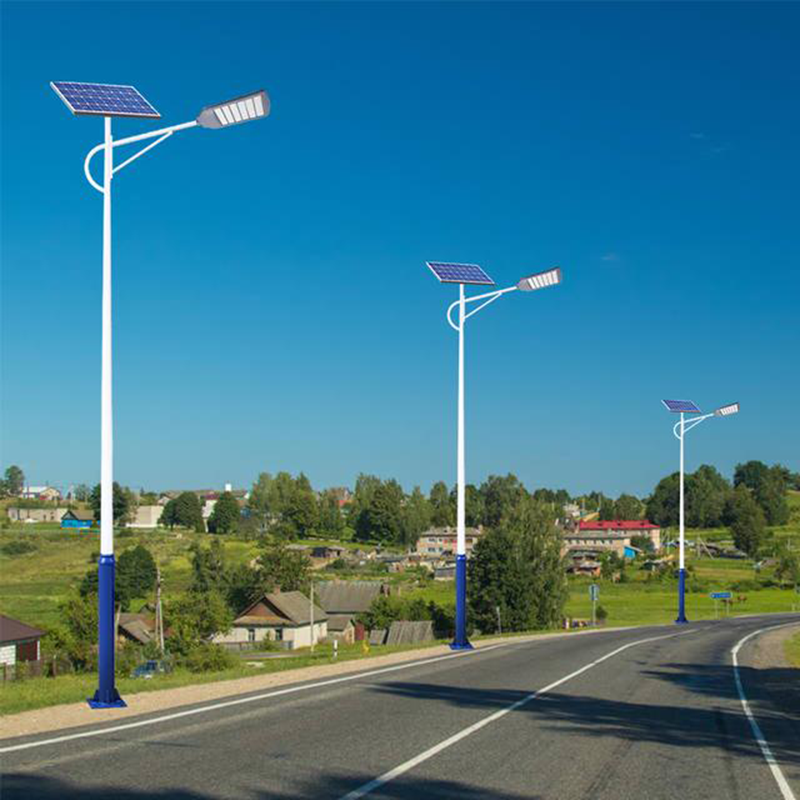
- Conduct an energy audit to identify inefficient lighting.
- Consider the cost and benefits of transitioning to LED.
Choose the Right LED Fixtures
Selecting the appropriate LED bulbs ensures maximum efficiency and performance.
- Factor in wattage, brightness levels, and color temperatures.
- Opt for LED fixtures with smart controls for added flexibility.
Install Smart Lighting Controls
Motion sensors and dimmable features help optimize LED performance.
- Automate brightness adjustments based on occupancy and daylight availability.
- Leverage IoT-enabled lighting for advanced customization and efficiency.
Conclusion
LED lighting is a smart investment that provides financial, environmental, and practical benefits.
By making the switch, businesses, homeowners, and municipalities can enjoy lower electricity costs, improved safety, and superior lighting quality.
Investing in LED technology contributes to long-term savings, sustainability, and enhanced quality of life for everyone.

